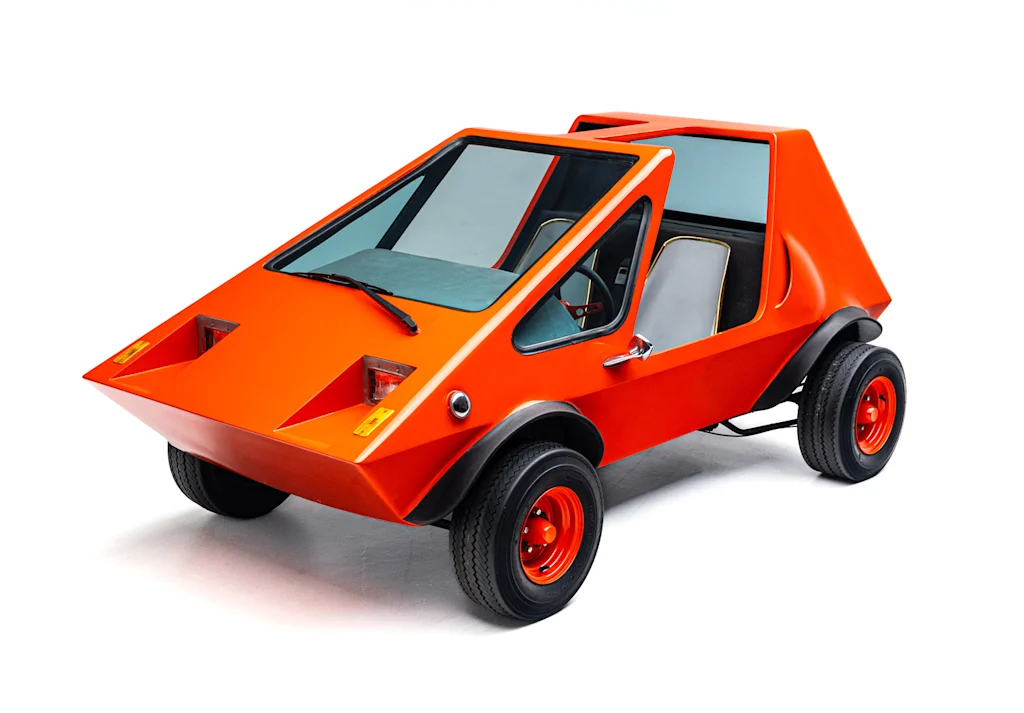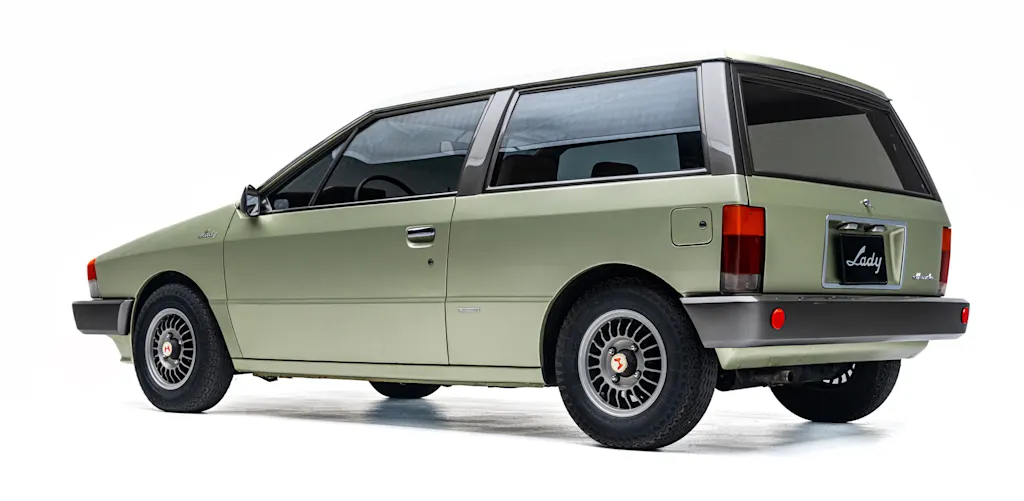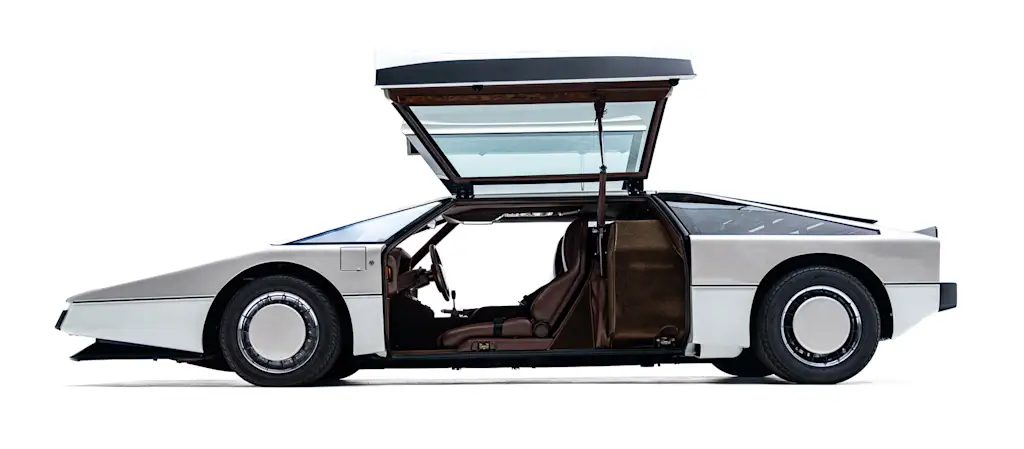Think the Cybertruck looks weird? Check out its wedge-shaped predecessors
The car looked like nothing else on the road. Its sharp lines, flat planes, and pointy edges made it a head-turning sight, but also a head-scratching business decision. Would anyone actually buy such a weird geometric car?
If this sounds like the kind of question one might ask when seeing a Tesla Cybertruck for the first time, it’s actually just a rhyme of history. That head-turner/head-scratcher was the 1968 Alfa Romeo Carabo, an outrageously pointy concept car that radically diverged from the teardrop designs of the day. It was arguably the start of a bold, if short-lived, new chapter in the history of car design: the wedge.
The Petersen Automotive Museum in Los Angeles explores this wildly experimental era in car design with The Wedge Revolution: Cars on the Cutting Edge, a new exhibition now on display. The exhibition features dozens of cars designed between the late 1960s and mid-’80s that used a blocky wedge shape as their defining form factor. They were oddball designs at the time, and most didn’t make it past the concept stage, but they heralded a rebellious era in car design that may just be underway once more.

Case in point: the Cybertruck. “That’s why Franz was involved in the show,” says Jonathan Eisen, a curator at the Petersen museum. The Franz he’s talking about is Tesla’s chief designer, Franz von Holzhausen, creator of the Cybertruck, who was called in to cocurate the exhibition. “He’s very enthusiastic about the classic wedge cars.”
Like his own design, the wedge cars of the mid-20th century seemed to have come out of nowhere. Eisen says the dominant design approach at the time was either the teardrop-shaped coupes made in France or the bulbous, chrome-laden sedans from American carmakers. But as the main designers behind these cars retired, a new generation came in ready to try something completely different.
“They went the opposite way,” Eisen says. “They did away with all the ornamentation. And instead of smooth, flowing lines they decided that they were going to use sharp edges and flat planes and base the look of the car on the wedge.”

Carmakers including Chevrolet, Honda, BMW, Aston Martin, Lamborghini, and Bertoni all dabbled in wedge-shaped car design. One concept car featured in the exhibition, the 1976 Honda Civic Lady, was an angular version of the Civic, one of the most popular compact cars of the era. With a wedge nose and a station wagon tail, it showed off a combination of design and sensibility. Though never intended for production, its DNA lived on for decades.
“If you then look at Hondas from the 1980s and even into the 1990s, you could absolutely see that they go back to this one car,” Eisen says.

Other cars in the show are far less sensible, like the batwinged 1979 Aston Martin Bulldog concept car and the 1977 UrbaCar, a dune buggy meets bumper car. On the extreme end, the 1971 Lamborghini Countach concept car came to define the sharp and wedgy shape of Lamborghinis for decades.

These car companies “weren’t afraid to put something out there that maybe isn’t traditionally beautiful, but it’s still unlike anything else on the road and will absolutely draw your attention to it,” Eisen says. “A car doesn’t necessarily have to be pretty to be successful. The way that SUVs are so popular is proof of that. “
The Cybertruck, on the other hand? Eisen calls it the only true wedge car on the road today, and possibly the start of a more adventurous era in car design, even if its success is questionable. “That car obviously has a very controversial design, and you could even say that it’s been thoroughly rejected by the mass public,” he says. “Maybe people aren’t ready for it yet. But eventually, I think we will see more creativity.”
In recent decades, car design has been very safe, and guided by aerodynamics, efficiency, and, above all, marketing, according to Eisen. The heyday of the wedge was less constrained and, arguably, more interesting. “I think it’s worth celebrating the fact that it’s okay to take chances,” Eisen says.
The Wedge Revolution is on display through September 2026.

